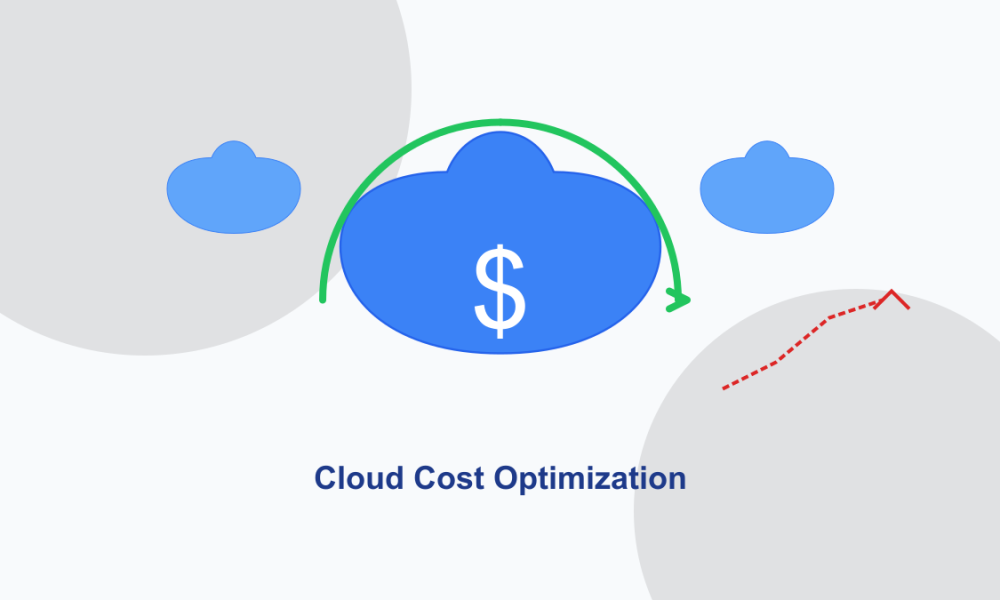Are you struggling with high cloud computing costs? First, you should know that you’re not Are you struggling with high cloud computing costs? To begin with, you should know that you’re not alone. Moreover, according to Gartner’s latest forecast, cloud spending will grow 20.7% in 2025. In addition, businesses worldwide are looking for ways to cut their cloud spending. Therefore, we’ve created this easy-to-follow guide to help you save money while keeping your cloud services running smoothly.
Why Cloud Costs Are a Challenge
Initially, many companies face these common problems with cloud costs. Based on McKinsey’s Cloud Cost Report, the main issues include:
- Resources that aren’t being used
- Wrong-sized computing instances
- Poor visibility of spending across teams
- Wasteful storage use
- Hard-to-understand pricing
Smart Ways to Cut Cloud Costs
1. Pick the Right Size for Your Resources
First of all, you need to match your computing power to your actual needs. Subsequently, the AWS Well-Architected Framework suggests these steps. As a result, you’ll avoid paying for more than you use. Consequently, here’s what to do:
- Keep track of how much computing power you’re using
- Set up automatic scaling to match demand
- Find and remove unused resources
- Furthermore, use special instances for specific tasks
2. Save Money with Long-Term Plans
Above all, you can significantly reduce costs by committing to longer terms. According to Microsoft Azure’s saving guide, consider these options:
- Reserved Instances for predictable workloads
- Savings Plans for flexible use
- Spot Instances when possible
- Additionally, look into enterprise deals for big deployments
3. Better Storage Management
Next, let’s look at storage costs. After that, consider the Google Cloud Storage best practices recommendations. Subsequently, you can save money by:
- Setting up automatic file archiving
- Using different storage tiers
- Cleaning up old snapshots
- In addition, compressing data when possible
4. Watch and Control Your Spending
To begin with, to keep costs under control, the FinOps Foundation recommends you:
- Use tags to track spending
- Set up budgets and alerts
- Meanwhile, use cost tracking tools
- Regularly review your spending
How to Put These Ideas into Action
Team Approach
Initially, follow these steps from DevOps Research and Assessment (DORA):
- Build a team to manage cloud costs
- Make clear who’s responsible for costs
- After that, set up ongoing monitoring
- Finally, train your team regularly
Technical Steps
Similarly, on the technical side, TechTarget’s cloud experts suggest:
- Automate resource scheduling
- Use code to manage infrastructure
- Furthermore, implement clear tagging rules
- Meanwhile, check security regularly
Tools That Can Help
In particular, several tools can make cost management easier. For instance, Forrester’s Cloud Management Guide recommends:
- Built-in cloud provider tools
- Third-party cost trackers
- Custom monitoring solutions
- Consequently, automated scheduling tools
Tracking Your Progress
Above all, to see if your efforts are working, track these key measures:
- Monthly cost trends
- Resource usage rates
- Cost for each service
- In the meantime, return on your cost-saving efforts
What’s Coming Next in Cloud Cost Savings
Looking ahead, Deloitte’s Cloud Strategy Report predicts these trends will shape cloud cost management:
- AI helping with cost decisions
- Better cost predictions
- Tools for managing multiple clouds
- Moreover, more automated cost control
Wrapping Up
To summarize, cutting cloud costs is an ongoing process. However, with the right approach and regular attention, you can significantly reduce your spending while keeping everything running smoothly. Therefore, it’s essential to start implementing these strategies as soon as possible.
Helpful Resources
To conclude, here are some valuable resources:
Remember: In conclusion, saving money on cloud services takes time and regular effort, but the results are worth it.

